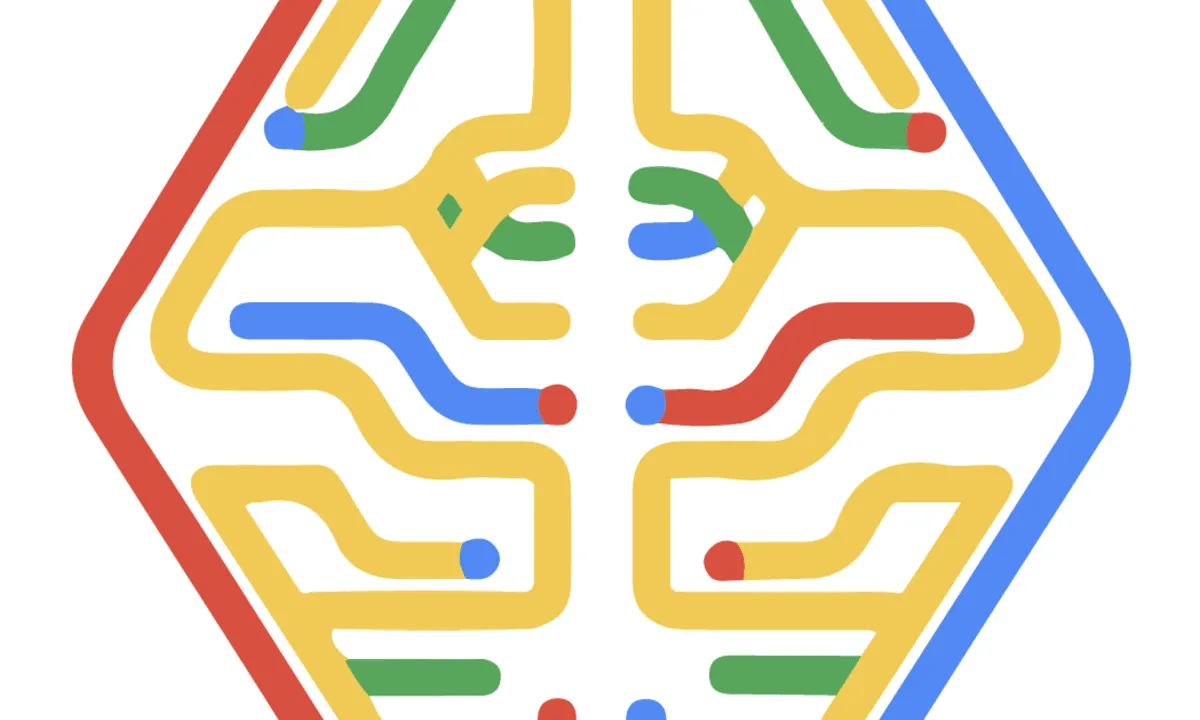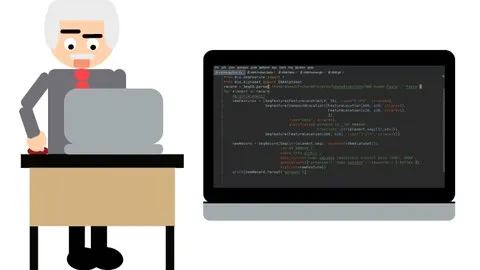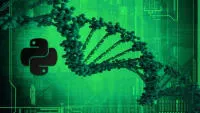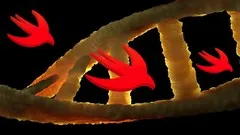
Comparing Genes Proteins and Genomes (Bioinformatics III) 
This course will explore the fascinating world of bioinformatics, teaching you how to compare genes, proteins, and genomes. Learn powerful algorithmic tools such as dynamic programming and combinatorial algorithms to determine the number of mutations that have separated two genes/proteins. Discover how genome rearrangements have shaped the evolution of species, and apply popular bioinformatics software tools to solve sequence alignment problems. Join us and explore the world of bioinformatics! ▼
ADVERTISEMENT
Course Feature
![]() Cost:
Cost:
Free
![]() Provider:
Provider:
Coursera
![]() Certificate:
Certificate:
Paid Certification
![]() Language:
Language:
English
![]() Start Date:
Start Date:
24th Jul, 2023
Course Overview
❗The content presented here is sourced directly from Coursera platform. For comprehensive course details, including enrollment information, simply click on the 'Go to class' link on our website.
Updated in [June 30th, 2023]
Comparing Genes Proteins and Genomes (Bioinformatics III) is a course that explores the comparison of two short biological sequences, such as genes or proteins, and entire genomes. In the first half of the course, students will learn about a powerful algorithmic tool called dynamic programming that will help them determine the number of mutations that have separated the two genes/proteins. In the second half of the course, students will learn about large scale mutations called genome rearrangements and how combinatorial algorithms can help answer questions about the locations in our genome that are more susceptible to be broken as part of genome rearrangements. Finally, students will learn how to apply popular bioinformatics software tools to solve problems in sequence alignment, including BLAST.
[Applications]
Upon completion of this course, students will be able to apply the concepts and techniques learned to compare genes, proteins, and genomes. They will be able to use dynamic programming to determine the number of mutations that have separated two genes or proteins, and use combinatorial algorithms to identify locations in the genome that are more susceptible to genome rearrangements. Additionally, students will be able to use popular bioinformatics software tools, such as BLAST, to solve problems in sequence alignment.
[Career Path]
A career path recommended to learners of this course is a Bioinformatics Scientist. Bioinformatics Scientists use computational methods to analyze and interpret biological data, such as DNA sequences, protein structures, and gene expression patterns. They develop algorithms and software tools to analyze and interpret data, and use their findings to inform research and development in the life sciences. Bioinformatics Scientists are employed in a variety of industries, including pharmaceuticals, biotechnology, and healthcare.
The development trend of this job position is towards the use of more sophisticated algorithms and software tools to analyze and interpret increasingly complex biological data. As the field of bioinformatics continues to grow, Bioinformatics Scientists will be expected to stay up-to-date with the latest technologies and techniques in order to remain competitive. Additionally, as the amount of biological data continues to grow, Bioinformatics Scientists will need to develop more efficient ways to process and interpret this data.
[Education Path]
The recommended educational path for learners interested in this course is a Bachelor's degree in Bioinformatics. This degree typically includes courses in biology, computer science, mathematics, and statistics. Students will learn how to use computers to analyze and interpret biological data, as well as how to develop and apply algorithms to solve biological problems. They will also gain an understanding of the principles of genetics, molecular biology, and biochemistry.
The development trend of this degree is to focus on the application of bioinformatics to solve real-world problems. This includes the development of new algorithms and software tools to analyze and interpret biological data, as well as the application of existing tools to solve specific problems. Additionally, the degree is increasingly focusing on the ethical implications of bioinformatics, such as the use of data for medical research and the potential for misuse of data.
Pros & Cons

Clear and well-explained concepts.

Interesting and informative for beginners.

In-depth exploration of topics.

Introduces practical examples and applications.

Provides a mathematical background in graph theory.

Allows for independent exploration and experimentation.

Teaches the ins and outs of sequence comparison.

Peer-reviewed final challenge lacks participants.

Erroneous content in Stepik.

Lack of biological relevance and practical examples.

Community building aspect is lacking.

Coding elements become difficult without sufficient guidance.

Discussion boards and support from the course team are lacking.

Monthly subscription fee with slow peer grading.
Course Provider

Provider Coursera's Stats at AZClass
Discussion and Reviews
0.0 (Based on 0 reviews)
Explore Similar Online Courses

Introduction To Internet Of Things

End-to-End Machine Learning with TensorFlow on Google Cloud

Python for Informatics: Exploring Information

Social Network Analysis

Introduction to Systematic Review and Meta-Analysis

The Analytics Edge

DCO042 - Python For Informatics

Causal Diagrams: Draw Your Assumptions Before Your Conclusions

Whole genome sequencing of bacterial genomes - tools and applications

Learn Biopython: Preliminary Step Toward Bioinformatics

Introduction to programming for Bioinformatics with Python


Start your review of Comparing Genes Proteins and Genomes (Bioinformatics III)